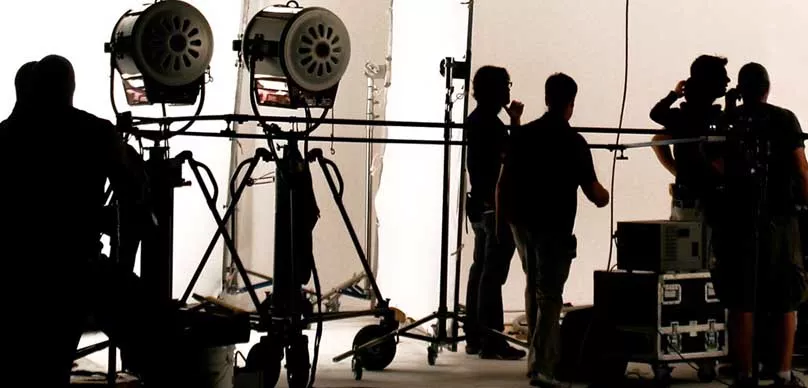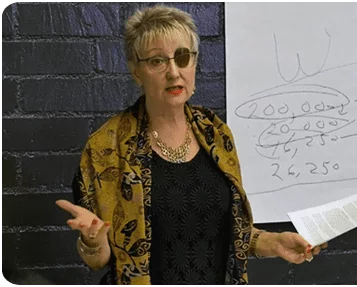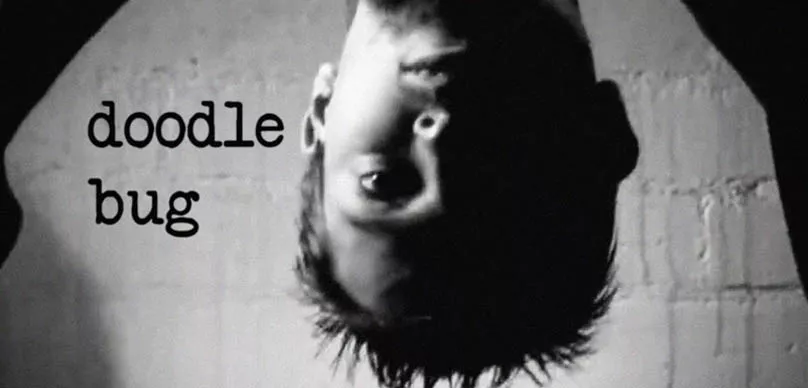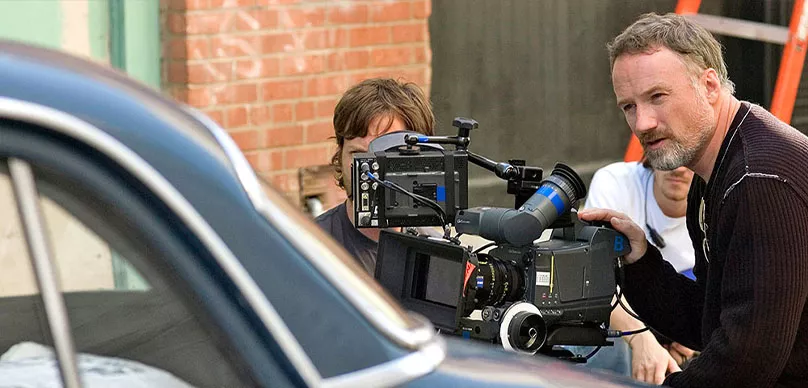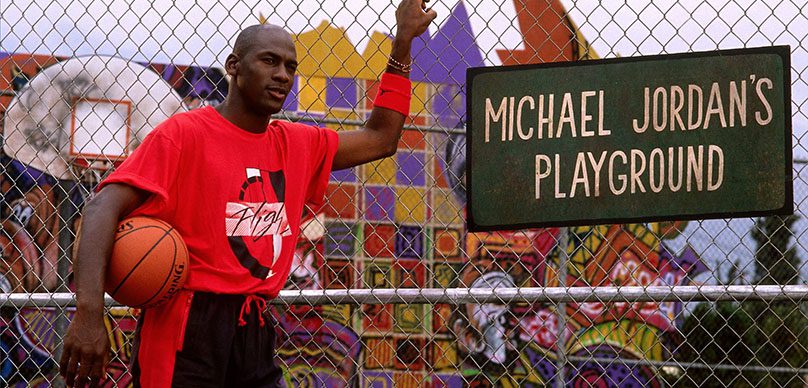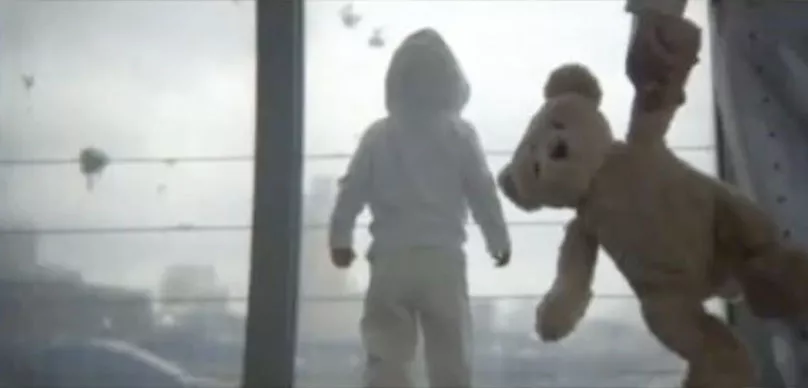You will inevitably need something from the grips or electric department if you spend enough time on set. They will often be willing to help (if you ask politely and at a good time), but it always helps if you know what the piece of equipment you need is actually called. Here are twenty-five grip and electric terms that will get you started.
Apple Box– A wooden box that can be used for almost anything. It comes in various sizes and is commonly used as steps, seats and to raise props, dressing or actors.
Barndoors– Folding doors that are attached to the front of lamps so they can be opened and closed to control the output of light.
Bazooka– A camera mounts similar to a tripod but only has one center shaft that raises the camera up and down.
Beef– The output of light.
Best Boy– The second in command of the grip or electrics department. They often do most of their work offset in the truck as they plan for the future shooting days.
Black wrap– Black aluminum foil that is used to cover light leaks or shaped into flaps to cut the light.
C-stand– An extremely versatile metal stand used for holding lights, floppy, cutters, and anything else you need to be stabilized.
Dance Floor– When it’s impossible to lay a track in the set or the camera move is more complex than a simple push in, the grips will lay smooth timber or plastic sheets down onto the ground to create a perfectly level floor. The dolly can then be pushed in any direction with minimal bumps and vibrations to the camera.
Diffusion– A white material used to soften the light source.
Dimmer– A device used to control the power of the lamp.
Dingle– A piece of cut-off foliage to provide the lighting effect of a tree shadow on the subject.
Dolly– A heavy piece of equipment that the camera can be mounted onto to give a smooth moving shot. The dolly slides along a track that looks just like a train track. This is extremely heavy; avoid being too close to the grips when they are looking for a hand carrying this up the stairs.
Duvetyne– A thick, black cloth used for blacking out windows, and covering equipment and crewmembers when they are in reflections.
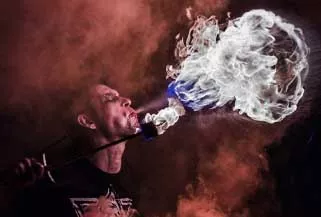
Need Sound Effects for your short or feature film project?
Download 2000+ sound effects designed for indie filmmakers & their projects for free.

Need Sound Effects for your short or feature film project?
Download 2000+ sound effects designed for indie filmmakers & their projects for free.
Floppy– Square or rectangular frames with black material used to control the light. They can be used to cut the light off a certain subject or to blackout an area for the director’s monitor.
Gaffer– The head of the electric department.
Gel– A transparent colored filter that is applied to the front of a light to manipulate the color output.
House Power– Using the location’s power as opposed to power supplied by the electric generator. Always good to check with the electrics department that it’s okay to plug into house power.
Key Grip– The head of the grip department.
Key Light– The main source of light on a subject.
Lamp– Just another word for light. The electric department tries to be all fancy and such.
Scrim– A type of material similar to diffusion to manipulate the intensity of the light source. Typically scrims are quite large, either 10’x10’ or 20’x20’, and used to diffuse the harsh sunlight when shooting exteriors.
Shot bag– A heavy bag full of lead shot used to weigh down stands. Looks like a sandbag.
Stinger– A single extension power cord left ‘hot’ by the electrics for occasional use.
Track– Steel or aluminum track that the dolly glides along to create smooth camera movements. The track is laid level by the grips across all types of terrain using apple boxes and wedges.
Wedge– Small timber triangles used to level the dolly track.
Matt Webb is the author of Setlife: A Guide To Getting A Job in Film (And Keeping It). He is an Assistant Director with credits including The Great Gatsby, Mad Max: Fury Road, Hacksaw Ridge, Pirates of the Carribean and Alien: Covenant.
Setlife: A Guide To Getting A… is a must-have guide designed to prepare you for what happens on a typical day on a film set. Matt Webb’s no-fuss, practical tips are essential reading for anyone chasing a career in the film industry. The book is available for $25 from Amazon.

